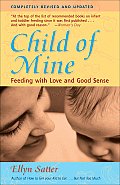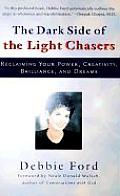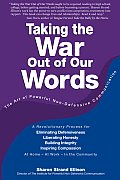Subtitle: Feeding with Love and Good Sense
Recommended to me by: Michelle, The Fat Nutritionist
I want to learn more about healthy eating, so I looked up books at the library by Ellyn Satter, and this one came in first, which is why I read a book about feeding babies when I don’t have one.
I like Satter’s firm imperative to respect and trust a child’s physical autonomy. She says over and over that children will choose the foods they need and balance their food intake over a week even if a single day’s food does not look nutritionally balanced. Parents control what food is offered when, and children control what and how much they choose to eat. She also emphasizes that children come in different sizes and trying to control their eating to make them larger or smaller simply doesn’t work.
I hadn’t realized that eating is a set of physical skills that each baby has to learn. It requires coordinating all those jaw muscles and the swallow reflex, as well as learning to tolerate a variety of flavors and textures. Satter recommends a patient, gradual approach to teaching children these skills, with a firm (there’s that word again) expectation that the child will share mealtimes with the parents and learn to eat the offered foods eventually. She recommends fixed meal and snack times, with no “panhandling” for food in between.
All Satter’s advice is couched in firm terms. Don’t feed a baby honey for the first year because it might contain botulism spores. Don’t feed a baby wheat cereal for the first year because it might trigger gluten intolerance which is inconvenient. Do feed a baby barley cereal because it’s a more rarely used grain so it’s okay if the baby becomes intolerant of that. (She seems blithely unaware that barley contains gluten.)
I’m not a child and I’m not feeding a child, so I’m not sure how much of this book applies to me. I plan to read one of her books about eating for adults. At the same time, I find myself resistant to her firmness. We had family meals growing up, and that wasn’t a guarantee of healthy eating for me. My mother was eternally on a weight-loss diet, so there were other issues going on. I kept thinking there are more right ways to eat than Satter acknowledges, even while I appreciated her emphasis on autonomy and respect.






